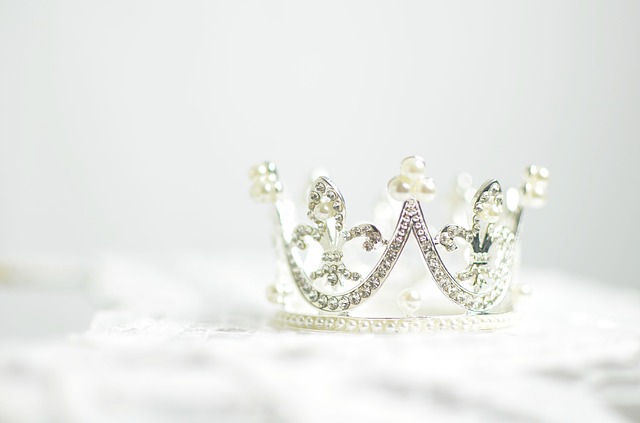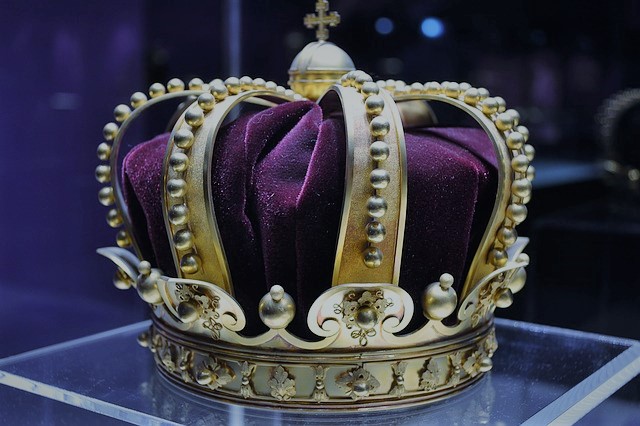The answer below is a response to the Extract Question posted here.
It is an unedited 40 minute answer, and is of standard achievable at GCSE.
Starting with this extract, explore how Conan Doyle presents women in the novel.
In The Sign of Four extract Doyle presents women as being romantic and prone to emotional reaction. We see this view of women as being romantic when Mary Morstan describes Holmes and Watson as “two knights errant”. Here Doyle uses a metaphor to portray the two male protagonists as medieval heroes, and in so doing casts herself in the role of ‘damsel in distress’. We see this further in Mrs Forrester’s use of fairy-tale imagery. She says that in Watson’s recount “a black cannibal and a wooden legged ruffian” take the place of a “conventional dragon or earl” so we see that both women are happy to accept this role, and even find it appealing. In addition we see Mrs. Forrester exclaim “It is a romance!”, the exclamation demonstrating her excitement at hearing the story. Watson himself, the narrator, and Doyle’s voice in the novel tells us that he has edited the story and yet it still had the power to “startle and amaze” the women, the verbs here indicating that the women are passive and are acted upon rather than being active in their own right. Finally we see women idealised as moral beings when Mary is unmoved by the idea of great riches, giving only a “toss of her proud head” when Watson asks her to consider the prospect of great riches. So overall, Doyle presents women here as passive, but excitable, but with an underlying moral goodness that causes men to protect them.
Earlier in the chapter we see that Watson immediately judges Mary Morstan according to her attractiveness. When she leaves Baker Street in chapter 2 he declares “What an attractive woman!”. The fact that Watson is happy to declare this observation so openly shows that to judge a woman in this way would be entirely acceptable in Victorian England. In Victorian London there was an expanding middle class who were beginning to behave as the aristocracy had done previously. Women were educated in ‘feminine pursuits’ which were directed at them finding a husband. Fashions like the crinoline too were intended to heighten a woman’s attractiveness while making physical work near impossible so we see that Doyle’s representation of women fits with the accepted norms of the time.
What is interesting is that Doyle’s presentation of middle class women like Mary Morstan and Mrs. Forrester, does seem to apply to working class women. When Holmes meets Mrs. Smith in Chapter 8, we see her chasing her naughty son, shouting “Come back you imp!”. This is very different form the gentle and unassuming Mrs Morstan, the imperative showing her to be a powerful and even aggressive character. Following his conversation with her Holmes talks about “people of that sort”, using this as a criticism of their moral character.
So overall, while Doyle presents women in the extract and in the novel as a whole as morally virtuous but delicate creatures in need of male protection, his view is inconsistent – for Doyle it seems that gender does dictate character, that women are angelic and worthy of male protection unless they happen to be born poor, in which case they are just as immoral as the rest of their “sort”.
Want to know how I approached this question? I'll be posting an analysis shortly.




0 Comments